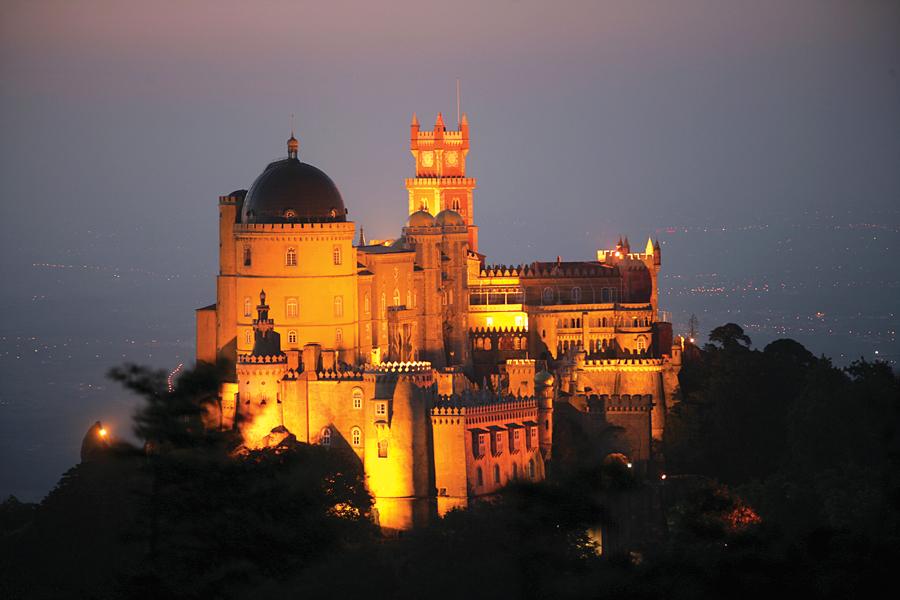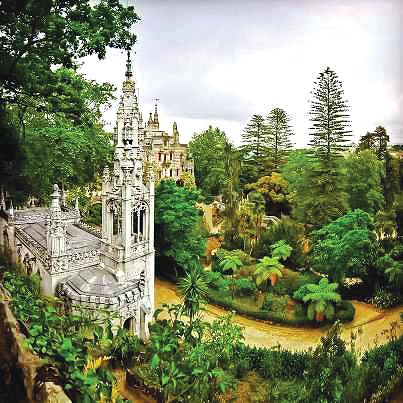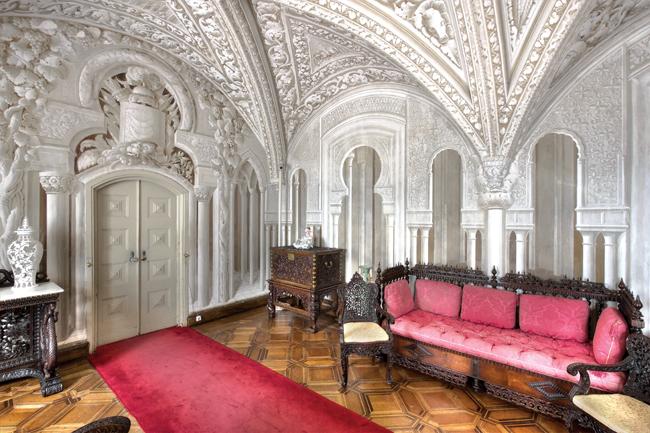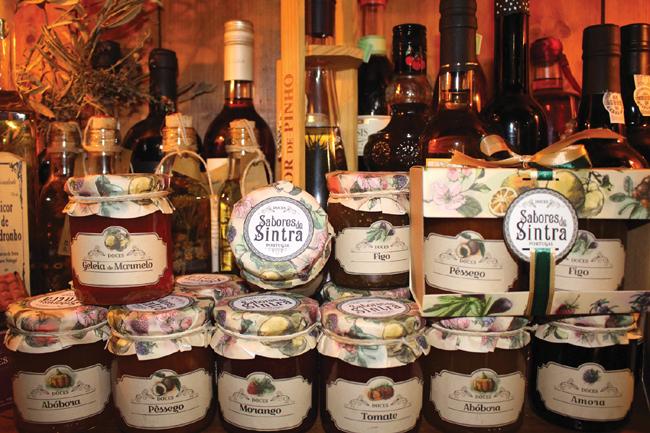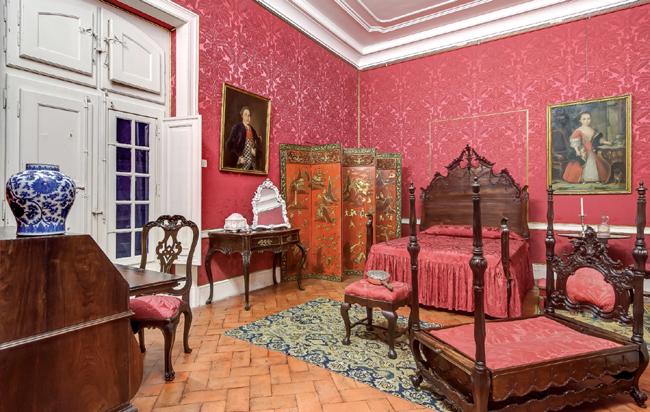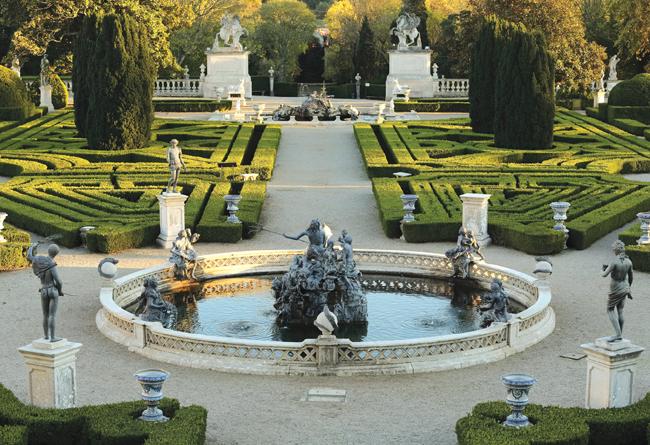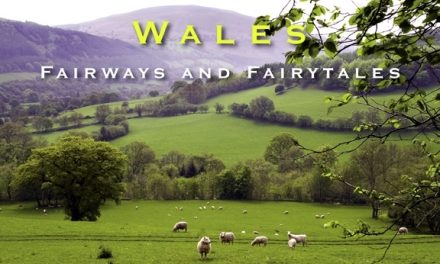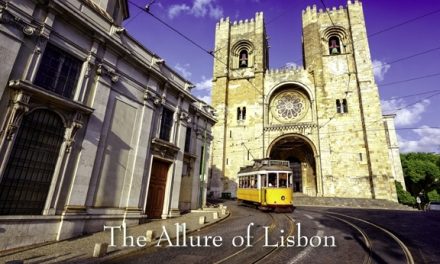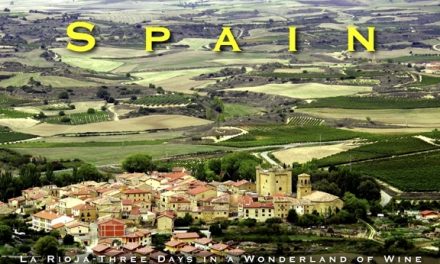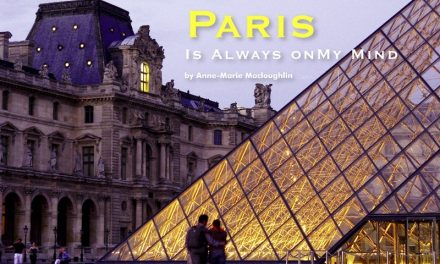Portugal
Fairytale-like Unesco World Heritage site of Sintra
Article and photography by Nicholas Kontis
Most visitors to Portugal arrive in cinematic Lisbon, picture-perfect with its seven unblemished hillsides overlooking the Rio Tejo, carefully curated and devised over centuries.
Seventeen miles northwest of Lisbon is the fairytale-like Unesco World Heritage site of Sintra. The lofty town perched above the Serra de Sintra coastline was the center of Romantic architecture. Until their brutal overthrow in 1911, Portugal’s royal family and other wealthy aristocrats from Lisbon made Sintra a second home retreat.
Among Sintra’s many luminaries, Lord Byron glamorized Sintra. “Lo! Cintra’s glorious Eden intervenes in a variegated maze of mount and glen,” as inspired in his epic poem Childe Harold’s Pilgrimage. The Danish writer Hans Christian Andersen was a resident of Sintra, moved by its 19th-century ornate and colorful architecture and Moorish castle.
Upon arrival, one can’t help but be mesmerized by its soaring cliffs plunging to sandy beaches below, ornate palaces, iconic churches, medieval Moorish fortresses, and Renaissance art inside pastel-hued mansions.
With its imposing mountain range and miles of lush, green forested trails filled with parks and palaces in a surreal fairy tale setting, rolling down to the deep azure Atlantic, it’s difficult not to get captivated by its endless beauty.
In 1995, UNESCO designated the fabled village, which covers nearly 960 hectares, a World Heritage site. It became the first destination in Europe to be classified by UNESCO as a landscape comprising Sintra and the surrounding Cascais Natural Park.
Monserrate Palace
A half a mile from the historic center of Sintra lies the Moorish arches of the Palace of Monserrate. The former home of a Victorian-era English textile millionaire, the first viscount of Monserrate, Francis Cook, was the owner of one of England’s most extraordinary private art collections. Cook conceived the present romantic palace and gardens as a family summer residence.
A unique testimony of 19th-century eclecticism, the Palace of Monserrate is one of the most distinctive landmarks in Portugal.
The palace blends Venetian Gothic style with influences from India and Moorish architecture, combining various shapes, styles, and materials to form a unique palatial home.
The property boasts Portugal’s most outstanding botanical gardens. The exotic, expansive Zen-like gardens extend miles, and exotic plants line the grounds. The owners went to great lengths to have curious and alluring flora from Chinese weeping cypress, Mexican palms, yucca, agave, Japanese camellias, and Himalayan rhododendrons, all organized by their geographical origins.
One can spend hours strolling the grounds and never tire of the mismatch of contrasting architectural styles, massive environments, and diverse foliage.
Quinta Da Regaleira
The Quinta da Regaleira is a charming stately manor-style house with an onsite chapel that will leave you spellbound. From 1898 to 1912, its original owner, Augusto de Carvalho Monteiro, dedicated his life to transforming his cherished palace into its present-day state.
Although Italian opera designer Luigi Manini designed it in the early 20th century, the Quinta da Regaleira blends Neo-Gothic, Neo-Manueline, and Italian Neo-Renaissance styles. Some of Portugal’s leading artists, sculptors, and woodworkers, Antonio Goncalves, Joao Machado, Jose da Fonseca, Costa Motta, Rodrigo de Castro, and Julio da Fonseca, created the exuberant scheme.
The ornate villa has a home-like feel for such a grand structure with an eclectic design. It has incredibly carved fireplaces, panoramic terraces, a Renaissance Hall, and a turret high above the structure with panoramic views over the lush, green Sintra Hills and the Atlantic Ocean. The combination of extravagant Manueline Renaissance and Baroque styles is haunting.
Pena Palace
The crown jewel of Sintra is the UNESCO World Heritage Site Pena Palace. The palace is a castle set high on a hill overlooking Sintra with trails leading to the nearby Atlantic Ocean. Its natural environment constitutes the most pivotal part of Sintra’s cultural landscape. The stunning park and palace built by King Ferdinand in 1838 represent the finest examples of nineteenth-century Portuguese Romanticism.
The Grounds of Pena Park
The Parque da Pena, covering over 500 acres, is filled with gardens, ponds, bridges, caves, greenhouses, and other tiny houses that contain the most critical piece of Sintra’s cultural heritage. The grounds seem to continue forever. Discover the valley of the lakes, where five lakes flow into the Grotto of the Monk, a place of solitary meditation for the Hieronymite monks. The Countess’s Fernery holds the first ferns in the Parque de Pena, which Don Fernando Il began. A Manueline Chapel graces the noble grounds. One can easily spend a day meandering the palace and its well-manicured grounds.
Convent of the Capuchos
Abandoned in 1834, the convent of the Holy Cross in the Sintra Hills, also known as the “Capuchos” or “Cork Convent,” was built in 1560. The friars chose it as a place of retreat and remarkable for its extreme simplicity. It embodies the ideal of universal brotherhood lived by the Franciscan monks who lived there. The cork from the many oaks on the grounds was used as insulation in the sacred convent.
The Cork Convent is fully integrated into the surrounding forest, built to fulfill the teachings of contemplation of Saint Francis of Assisi. The eerie surrounding woods have survived the gradual deforestation of the Sintra Hills and were cared for and maintained for centuries by the holy men who lived in the convent. An immense tangle of ferns, mosses, epiphytes, and climbing plants encumber the sacred grounds.
Get active in Sintra
Sintra is much more than majestic palaces and awe-inspiring castles. It boasts vast open spaces set among lush green forests, 60 square miles of lush green vegetation leading to a rugged coastline and miles of beaches. The active traveler can experience nature, sports, and various types of outdoor adventures: mountain biking, hiking, rock climbing, boogie boarding, rock climbing, bird watching, golf, repelling, hang gliding, and more.

